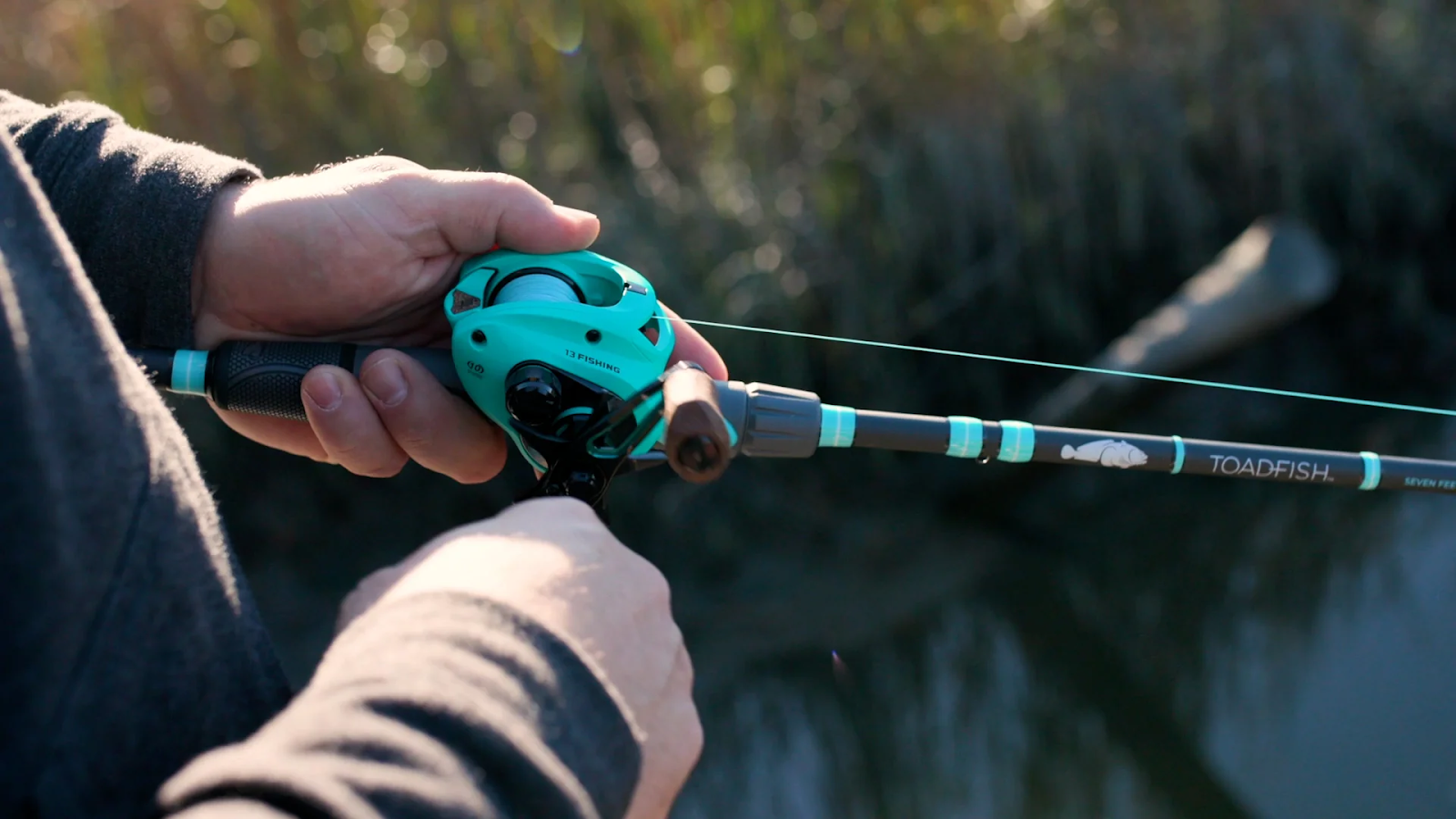Baitcasting Rods vs. Saltwater Rods: Which One Suits Your Fishing Style?
Nobody would need to tell any angler that being successful on the water means using the right set of gears. When rod selection arises as an issue, the choice of a baitcasting rod or a saltwater rod is not merely a matter of preference-it is a matter of purpose. Each is manufactured to suit different environments, species, and methods. Proper knowledge of their differences could spell the balance between a frustrating day on the water and the more profound experience of landing a once-in-a-lifetime catch. Now let’s see what separates the two rod types and how to classify one with your fishing method.
Baitcasting Rods: Precision with Power
Baitcasting rods are sought-after by anyone who demands precision and control-certainly in freshwater conditions. Designed to be used with baitcasting reels, however, these rods are for cases where pinpoint casting accuracy is needed, like maybe flipping a jig under a dock or skipping a lure across lily pads. Shorter and sturdier in design-they are usually six to seven feet long-they lend themselves well to fast and controlled casts for bass, pike, or walleye species.
One of the unique characteristics of the baitcasting rod is its ergonomic design. With the reel atop the rod itself, the weight lies closer to the angler’s hand-a circumstance that reduces fatigue during repetitive casting. Higher lure weight capacity and higher sensitivity can be other baitcasting rod characteristics. By doing this, it allows an angler to sense even the most subtle of bites while also handling heavy lines (15-30 lb test). That situates baitcasting rods as a versatile tool for flipping, pitching, or cranking where just a little finesse is required with a considerable amount of power.
Perhaps, the biggest drawback associated with baitcasting rods is that they take a while to learn. One needs to know how to control the spool with his/her thumb to avoid backlash. However, when one becomes an expert at it, the operator can literally put the lure anywhere he/she wants with absolute pin-point accuracy.
Saltwater Rods: Made to Stand Against the Elements
Saltwater rods are designed for use and abuse in marine terrains. Whether casting from the beach, wrestling with a tarpoon offshore, or orbiting around in coastal marshes for redfish, the rods are built to bear corrosion, heavy loads, and aggressive fish attacks. These rods are longer, ranging about seven to 12 feet, with high-modulus graphite or composite blend construction, usually finished with corrosion-resistant guides and reel seats.
The saltwater rods’ big bold claim to fame is power and durability. They are constructed to handle the bigger, meaner species-fish marlin, tuna, or snook, would be all in there-therefore, sit well with heavy-duty spinning or conventional reels filled with braided lines (30-100 lb test). Their extended length aids casting distance for surf anglers, while their strong backbone is required to begin lifting fish from deep-water or structure.
Saltwater rods have mechanisms and components treated with coatings that prevent corrosion in order to withstand the damaging effects of saltwater. Thus, they are a long-term investment for anglers that are very much into coastal or offshore water.
Major Differences at a Glance
- Environment: Baitcasting rods earn their keep in freshwater lakes and rivers while saltwater rods own marine settings.
- Construction: Saltwater rods employ corrosion-resistant materials; baitcasting rods favor sensitivity and ergonomic appeal.
- Target Species: Saltwater rods try their hands at bigger, tougher ocean species, while baitcasting rods are good with medium-sized freshwater fish.
- Casting Style: Baitcasting comes up with preciseness in tight spaces; saltwater rods offer distance and power.
Which Rod Fits Your Style? Except That Question List
- Where do you fish most? Freshwater would dominate your outings; a baitcasting rod brings versatility. Ocean or coastal trips are the domain of saltwater rods.
- Who’s your target species? Match the rod to the fish size and fight. Bass anglers will probably lean baitcasting; those going offshore want saltwater-ready gear.
- What’s your experience level? The beginner will probably find the saltwater spinning setup to be more forgiving, while the more seasoned angler will appreciate the control of a baitcaster.
Wrapping Up
There is no single best rod, only the one that suits your personal needs the best. Baitcasting rods are excellent for freshwater precision, while saltwater rods are the waters of challenges. Choosing the right type of gear and matching it to the environment and target species that meet your style will greatly enhance your performance in the field while also opening the way to an immensely rewarding fishing experience.
The right rod is what turns a casual outing into an artistic endeavor, be it in calm lake waters or on waving ocean swells. Pick wisely and let the water be your commentator.

